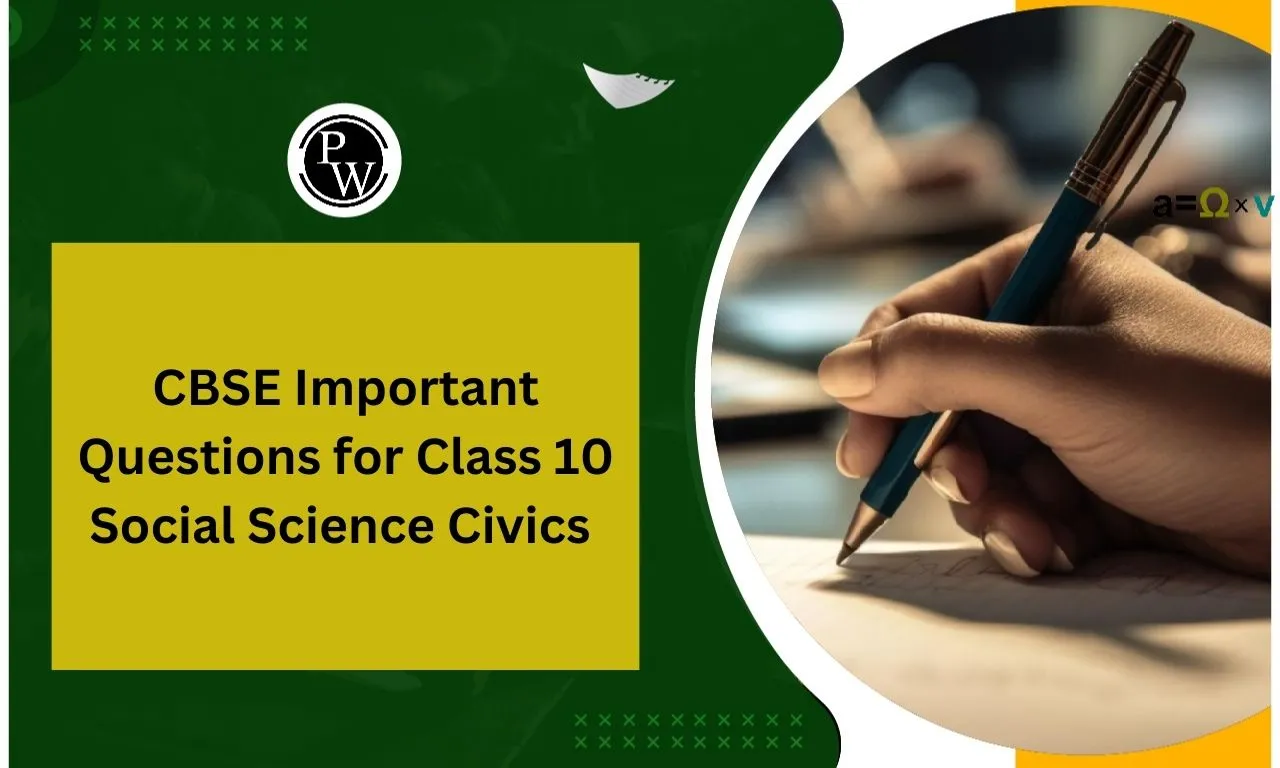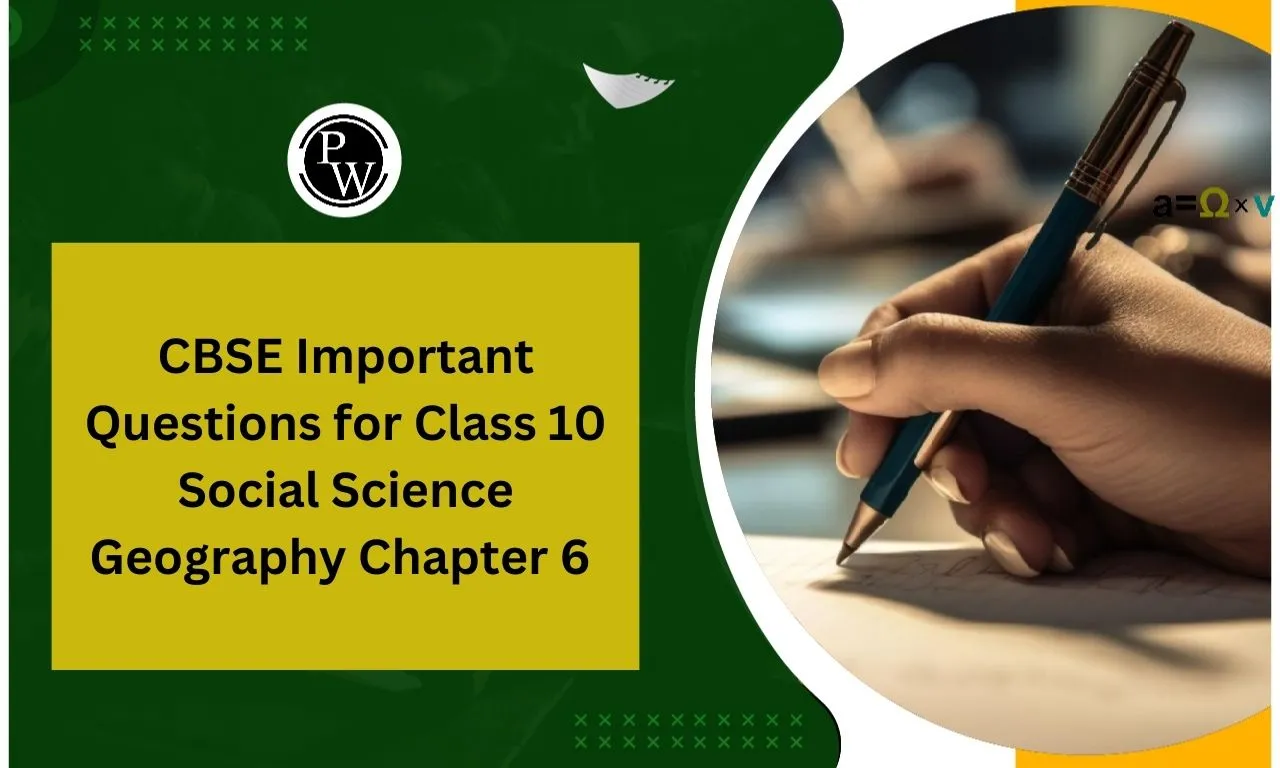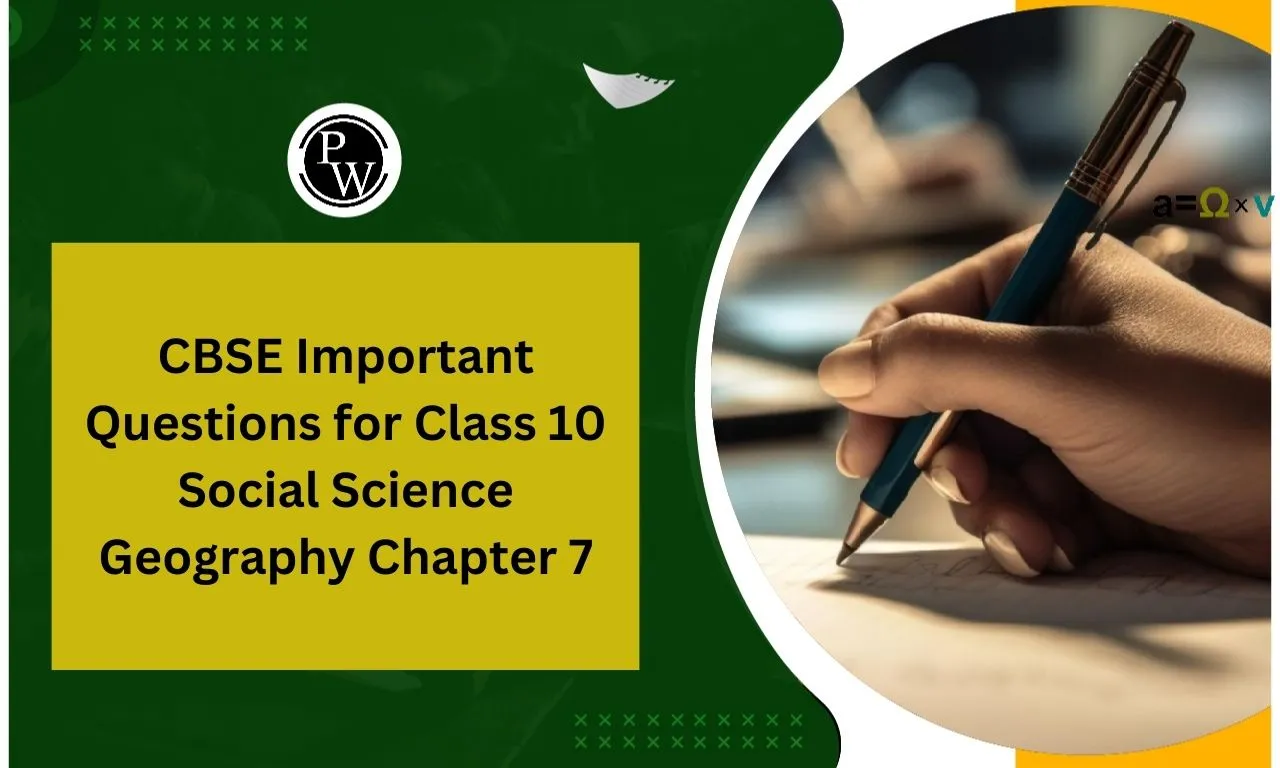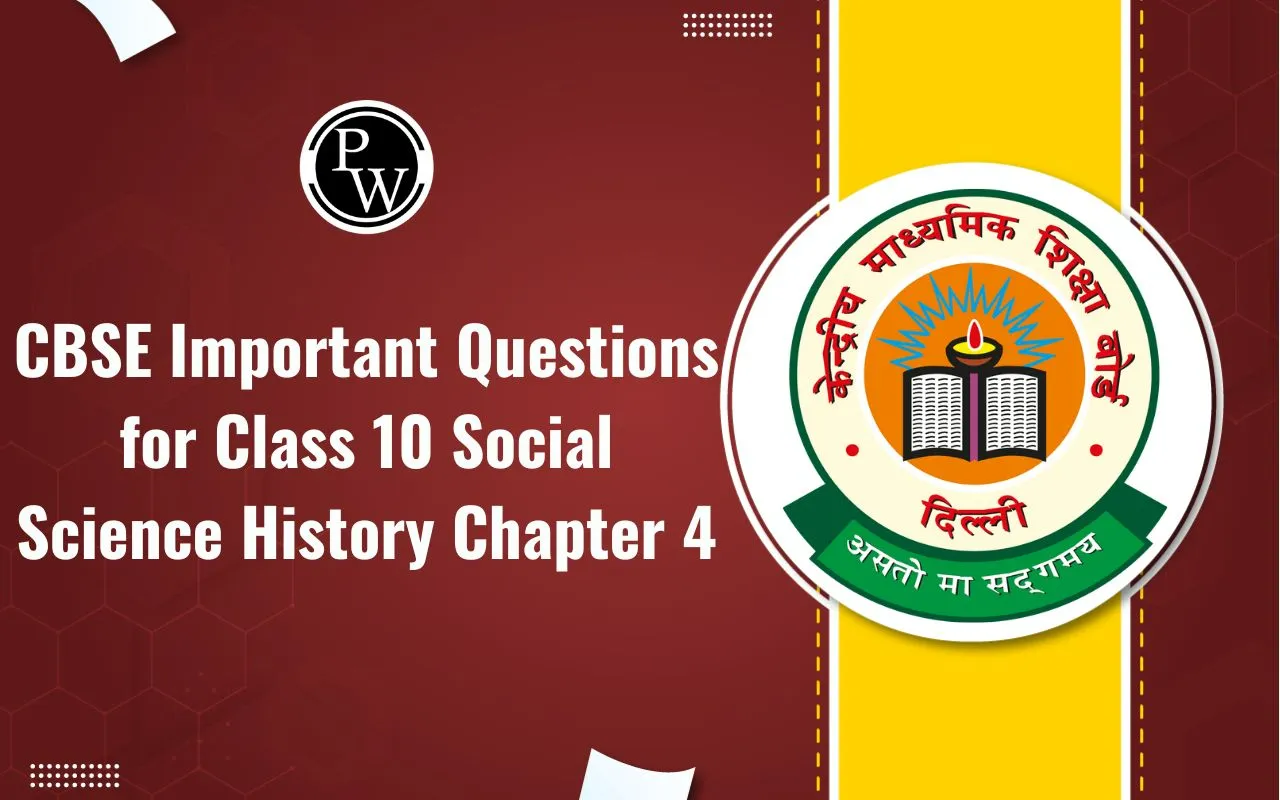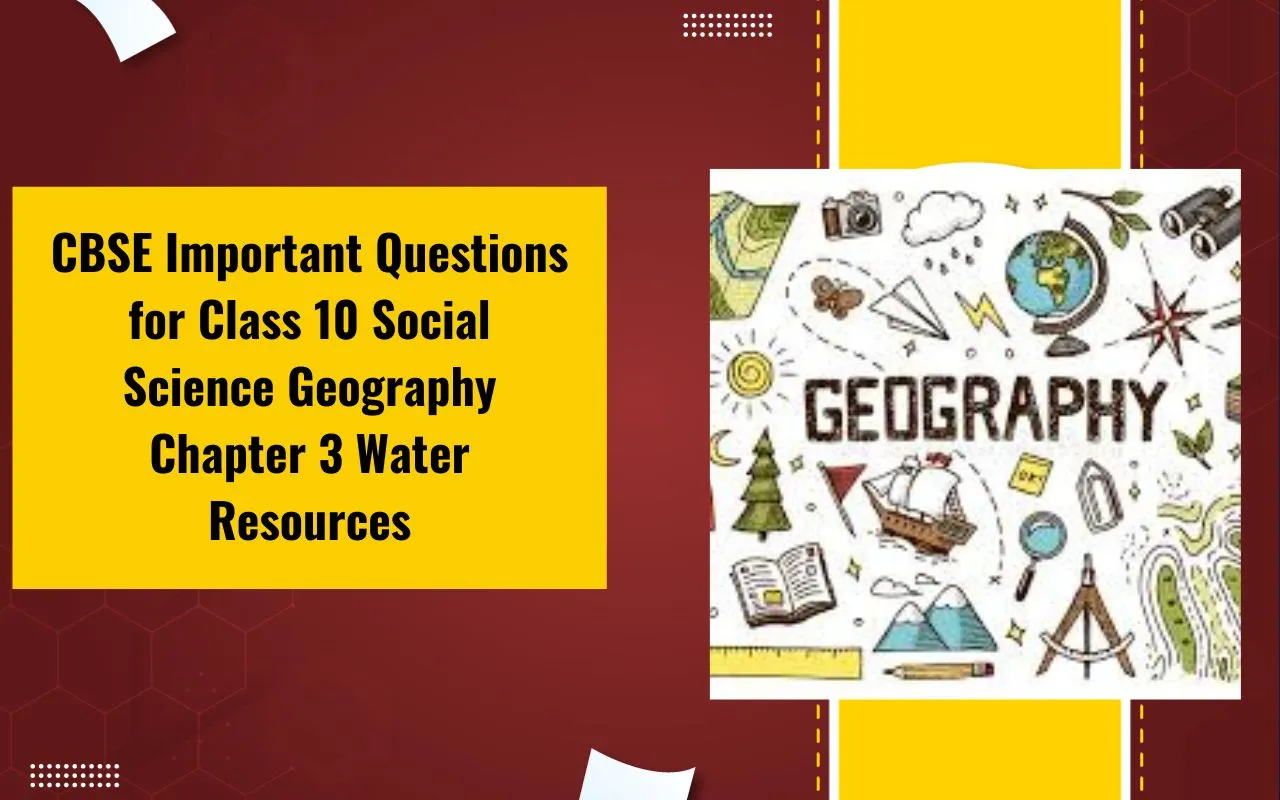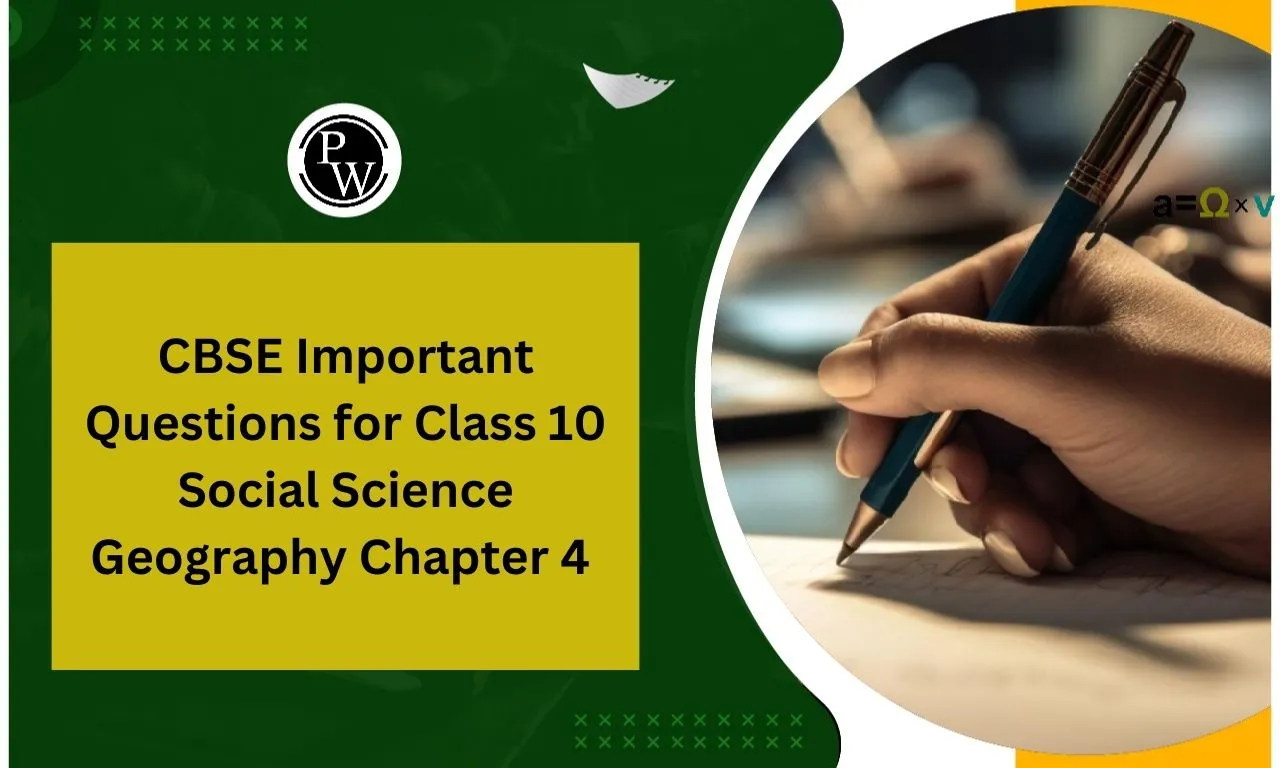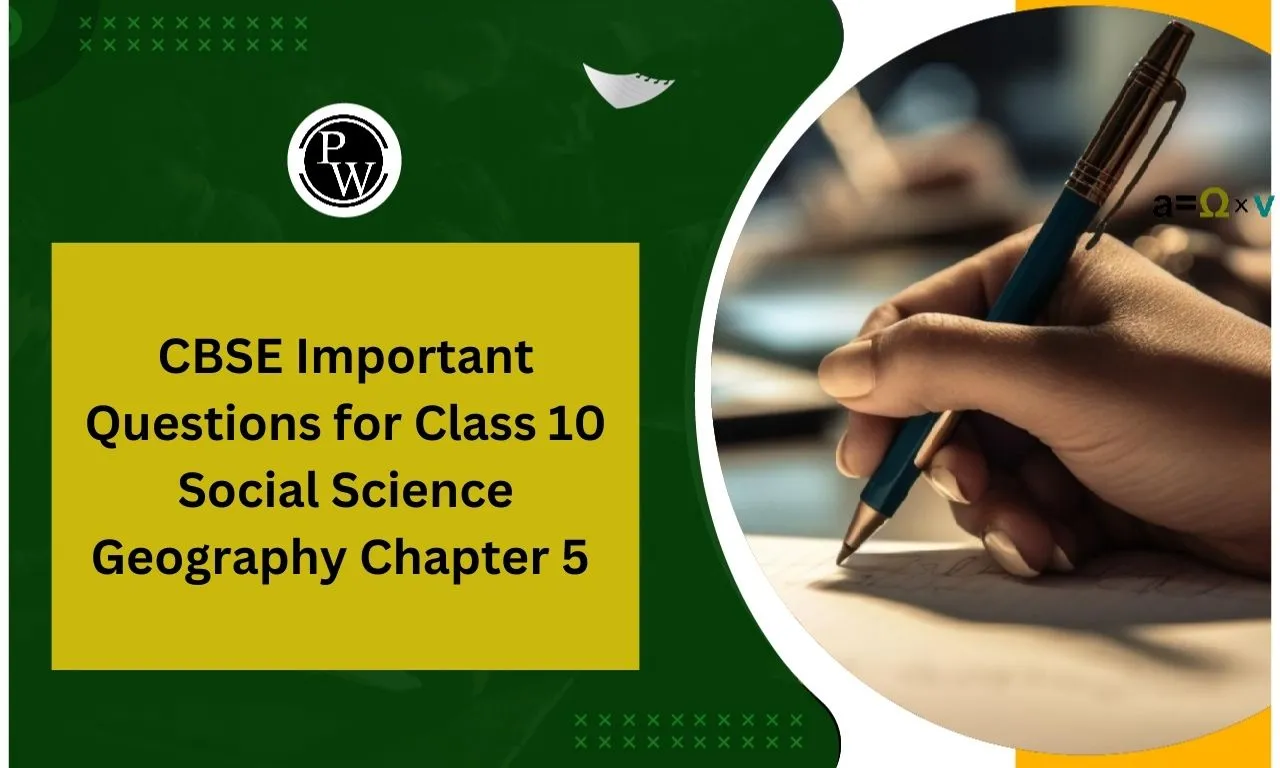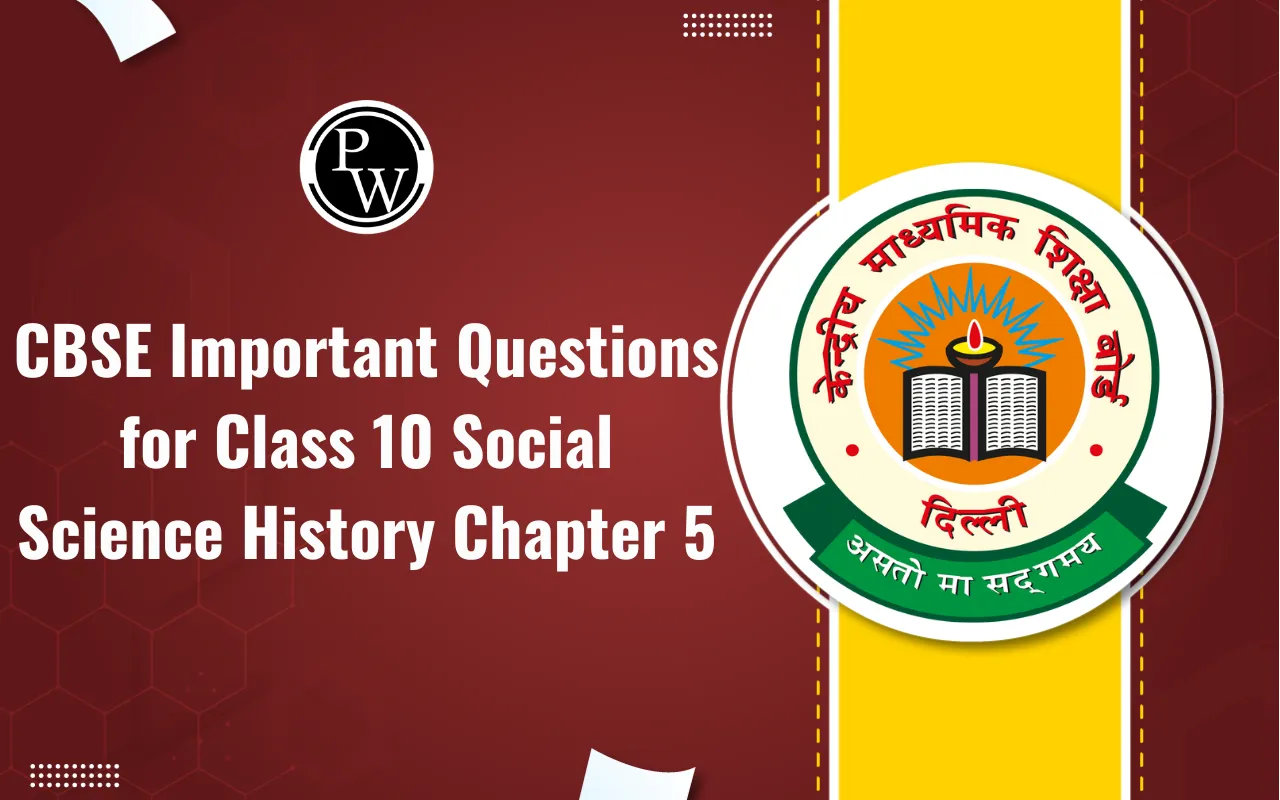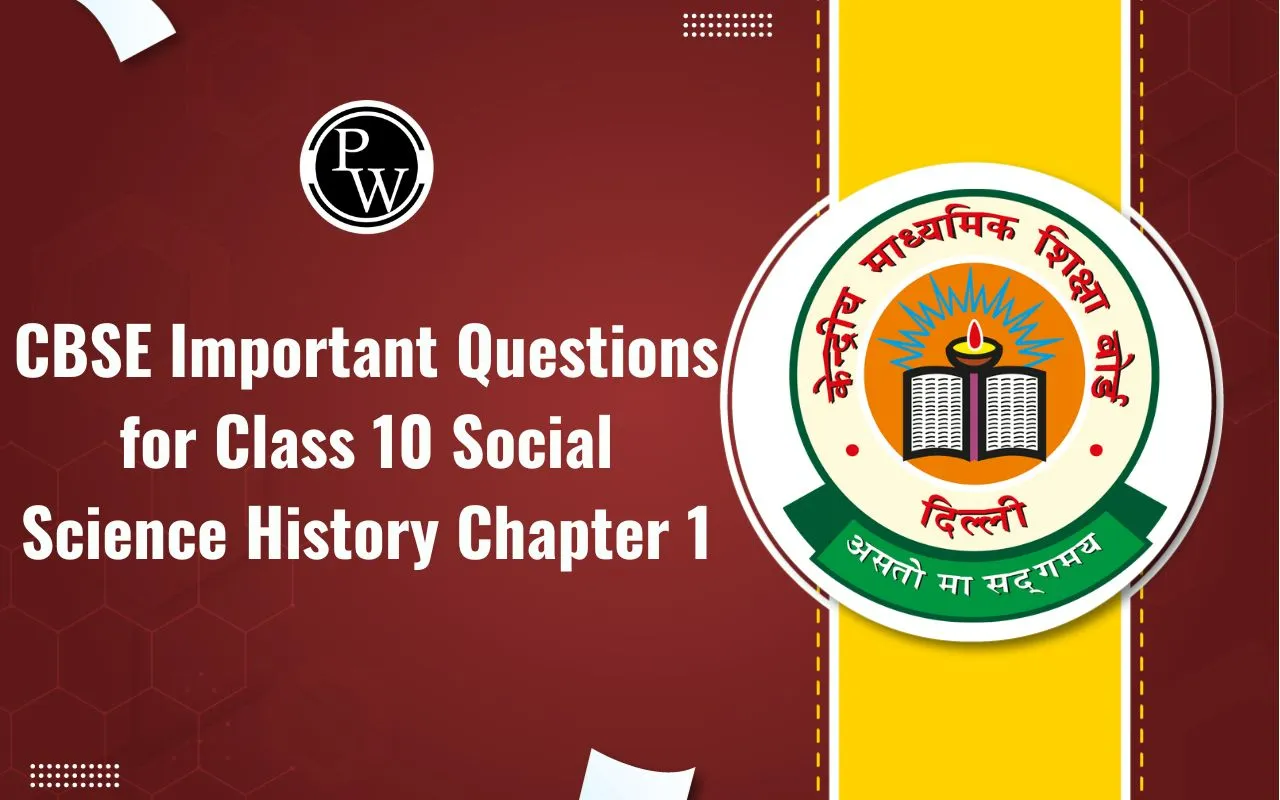
Lakhmir Singh Solutions for Class 10 Physics Chapter 2: Understanding the Magnetic Effects of Electric Current is crucial for building a strong foundation in Physics. Chapter 2 of Class 10 Physics explains topics like magnetic fields, field lines, electromagnetic induction, and the force acting on a current-carrying conductor.
Detailed explanations of concepts such as Fleming’s Left-Hand Rule, Right-Hand Rule, and their applications are provided. The principles behind electric motors and generators are covered thoroughly. The step-by-step solutions help students simplify complex topics, making exam preparation more efficient and effective.
Lakhmir Singh Solutions for Class 10 Physics Chapter 2 Magnetic Effects of Electric Current
Chapter 2, Magnetic Effects of Electric Current, focuses on the fascinating connection between electricity and magnetism. It explains how electric current produces a magnetic field and how this phenomenon is applied in various devices. The key topics covered in this chapter include:
-
Magnetic Field and Field Lines:
-
Definition of magnetic field and magnetic field lines.
-
Characteristics of magnetic field lines and their representation.
-
Magnetic Field Due to a Current-Carrying Conductor:
-
Magnetic field around a straight conductor, circular loop, and solenoid.
-
Factors affecting the strength of the magnetic field.
-
Electromagnetic Induction:
-
Faraday’s experiments and laws of electromagnetic induction.
-
Induced current and factors affecting it.
-
Fleming’s Left-Hand Rule and Right-Hand Rule:
-
Understanding the direction of force on a conductor and induced current.
-
Practical applications of these rules.
-
Electric Motor and Electric Generator:
-
Working principles and construction of electric motors and generators.
-
Differences between AC and DC generators.
-
Domestic Electric Circuits:
-
Concepts of electric fuse, earthing, and safety precautions.
Lakhmir Singh Solutions for Class 10 Physics Chapter 2 PDF Download
The well-organized solutions for Lakhmir Singh Class 10 Physics Chapter 2 Magnetic Effects of Electric Current are designed to help students understand complex topics like magnetic fields, electromagnetic induction, electric motors, and generators with ease.
Each solution is explained step-by-step to enhance conceptual clarity and problem-solving skills. To make your preparation simpler and more effective, the complete PDF of Lakhmir Singh Solutions for Chapter 2 is available for download from the link provided below.
Lakhmir Singh Solutions for Class 10 Physics Chapter 2 PDF Download
Lakhmir Singh Solutions for Class 10 Physics Chapter 2 Question and Answers
Here are the solutions for Very Short Answer Type Questions, Short Answer Type Questions, and Long Answer Type Questions from Chapter 2 Magnetic Effects of Electric Current.
These solutions cover important topics such as magnetic fields, field lines, electromagnetic induction, electric motors, electric generators, and domestic electric circuits.
Page No: 73
Very Short Answer Type Questions
Q1. State any two properties of magnetic field lines.
Answer:
Following are the properties of magnetic field lines:
a) The magnetic field lines always originate from the north pole and end in the south pole.
b) The magnetic field lines never cross each other.
Q2. What are the two ways in which you can trace the magnetic field pattern of a bar magnet?
Answer:
Following are the two ways in which the magnetic field patter of a bar magnet can be traced:
a) By using iron filings
b) By using compass
Q3. You are given the magnetic field pattern of a magnet. How will you find out from it where the magnetic field is the strongest?
Answer:
The magnetic field is the strongest when the magnetic field lines are closest to each other.
Q4. State whether the following statement is true or false:
The axis of earth’s imaginary magnet and the geographical axis coincide with each other.
Answer:
False
The axis of earth’s imaginary magnet and the geographical axis are inclined to each other 15 degrees.
Q5. Why does a compass needle get deflected when brought near a bar magnet?
Answer:
A compass needle gets deflected when brought near a bar magnet because the needle experiences a magnetic field exerted by the bar magnet.
Q6. Where do the manufacturers use a magnetic strip in the refrigerator? Why is the magnetic strip used?
Answer:
Magnetic strips are used in the doors of the refrigerator to keep the door closed.
Q7. Fill in the following blanks with suitable words:
a) Magnetic field lines leaves the …. Pole of a bar magnet and enters at its …..
b) The earth’s magnetic field is rather like that of a ….. magnet with its …. Pole in the northern hemisphere.
Answer:
a) North and south
b) Bar and south
Short Answer Type Questions
Q8. Draw a diagram to show the magnetic field lines around a bar magnet.
Answer:
Q9. What is a magnetic field? How can the direction of magnetic field lines at a place be determined?
Answer:
Magnetic field is the space that surrounds the magnet in which the magnetic force is exerted. The direction of the magnetic field lines at a place can be determined by using a compass needle. The needle of the compass gets deflected when it placed near the magnetic field. The north end of the compass indicates the direction of magnetic field.
Q10. Explain why two magnetic field lines do not intersect each other?
Answer:
The two magnetic field lines do not intersect each other because the resultant force on the north pole will always be in one direction. When the magnetic field lines intersect, the resultant force will in two directions which is not possible.
Q11. When an electric current is passed through any wire, a magnetic field is produced around it. Then why an electric iron connecting cable does not attract iron objects when electric current is switched on through it?
Answer:
As the strength of the magnetic field produced by the cable is weak.
Long Answer Type Questions
Q12. a) Define magnetic field lines. Describe an activity to draw a magnetic field line outside a bar magnet from one pole to another pole.
b) Explain why a freely suspended magnet always points in the north-south direction.
Answer:
a) There will be a movement in the magnetic field lines when the north magnetic pole is moved. The magnetic field lines are also known as magnetic lines of force.
Activity:
Take a small compass and a bar magnet.
Place the bar magnet on a fixed placed on the drawing board using a adhesive material.
The boundary of the magnet should be marked.
The compass should be placed near the north pole of the magnet. The south pole of the needle points towards the north pole of the magnet.
Mark the ends of the needle.
By moving the needle, we can see that the north pole is occupied by the south pole of the needle.
By joining the points marked, a smooth curve is obtained.
b) A freely suspended magnet points towards the north-south direction because the earth behave as a magnet with its south pole in the geographical north and the north pole in its geographical south.
Page No: 102
Very Short Answer Type Questions
Q1. Name the device which converts mechanical energy into electric energy.
Answer:
Electric generator is the device that is used for converting mechanical energy into electric energy.
Q2. Out of an AC generator and a DC generator:
a) which one uses a commutator (split rings)?
b) which one uses slip rings?
Answer:
a) DC generator uses a commutator
b) AC generator uses slip rings
Q3. Name the phenomenon which is made use of in an electric generator.
Answer:
Electromagnetic induction is the phenomenon which is made use of in an electric generator.
Q4. Name the rule which gives the direction of induced current.
Answer:
Fleming’s right hand rule is used to get the direction of induced current.
Q5. What condition is necessary for the production of current by electromagnetic induction?
Answer:
The relative motion between the wire and the magnet is the necessary condition for the production of current by an electromagnetic induction.
Q6. What type of generator is used at power stations?
Answer:
AC generator is used at power stations.
Q7. What change should be made in an AC generator so that it may become a DC generator?
Answer:
For an AC generator to become a DC generator, the slip rings must be replaced with a commutator.
Q8. State whether the following statements are true or false:
a) A generator works on the principle of electromagnetic induction.
b) A motor works on the principle of electromagnetic induction.
Answer:
a) True
b) False
Q9. What is the function of brushes in an electric generator?
Answer:
The function of the brushes in an electric generator is to transfer the current from the coil to the load.
Q10. When a wire is moved up and down in a magnetic field, a current is induced in the wire. What is this phenomenon known as?
Answer:
The phenomenon in which the wire moves up and down in a magnetic field to induce the current in the wire is known as electromagnetic induction.
Q11. When current is ‘switched on’ and ‘switched off’ in a coil, a current is induced in another coil kept near it. What is this phenomenon known as?
Answer:
The phenomenon in which current is switched on and off in a coil to induce current in another coil is known as electromagnetic induction.
Q12. What is the major difference between the simple alternator and most practical alternators?
Answer:
Following is the major difference between the simple alternator and the most practical alternator:
Simple alternator has a magnet that is fixed with rotating coils
Practical alternator has a fixed coil with rotating magnets.
Q13. Why are thermal power stations usually located near a river?
Answer:
The thermal power stations are usually located near a river because water is used in the making of the steam which is used for turning of the turbines.
Q14. List three sources of magnetic fields.
Answer:
The three sources of magnetic fields are:
a) Wire carrying current
b) Electromagnet
c) Permanent magnet
Q15. Complete the following sentence:
A generator with commutator produces …… current.
Answer:
Direct
Short Answer Type Questions
Q16. Two circular coils A and B are placed closed to each other, if the current in the coil A is changed, will some current be induced in the coil B? Give reason for your answer.
Answer:
Yes, when two coils are placed close to each other, the other coil will experience some current induced in it because of change in the magnetic field through the coil B. This is known as electromagnetic induction.
Q17. a) Explain the principle of an electric generator.
b) State two ways in which the current induced in the coil of a generator could be increased.
Answer:
a) The principle of an electric generator is based on a straight conductor which is moved in a magnetic field such that current is induced in the conductor.
b) Following are the ways in which the current is induced in the coil of a generator:
i) By rotating the coil faster
ii) By using a coil with a larger area
Q18. a) What is the difference between alternating current and direct current?
b) What type of current is given by i) a dry cell ii) a power house generator?
Answer:
a) i) The difference between alternating current and direct current is that alternating current can be reversed in direction at regular intervals of time while direct current flows in one direction.
ii) The value and direction in the DC current remains unchanged with the time while AC current changes with time and direction.
b) i) DC
ii) AC
Q19. State and explain Fleming’s right hand rule.
Answer:
When a straight conductor is moving in a magnetic field, the direction of induced current is given by Fleming’s right hand rule.
The thumb, the fore finger, and the center finger of the right hand must be held at the right angles to one another. The forefinger shows the direction of the magnetic field, the thumb shows the direction of motion of conductor, and the center finger shows the direction of the induced current in the conductor.
Benefits of Solving Lakhmir Singh Solutions for Class 10 Physics Chapter 2
Comprehensive Concept Clarity: The solutions simplify complex topics like magnetic fields, electromagnetic induction, electric motors, and generators, making them easier to understand and remember.
Step-by-Step Explanations: Each question is solved with clear, step-by-step explanations, which help students build a strong conceptual foundation and improve their problem-solving skills.
Enhanced Exam Preparation: The solutions are prepared according to the exam pattern, covering all types of questions Very Short, Short, and Long Answer Questions ensuring complete preparation.
Application of Rules and Laws: Important concepts like Fleming’s Left-Hand Rule, Fleming’s Right-Hand Rule, and Faraday’s Laws of Electromagnetic Induction are explained with practical examples, enhancing understanding.
Improved Numerical Solving Skills: Practicing the numerical problems helps students apply formulas accurately and improves their calculation skills.
Self-Assessment: Students can compare their answers with the solutions provided, identify mistakes, and work on areas that need improvement.
Lakhmir Singh Solutions for Class 10 Physics Chapter 2 FAQs
What topics are covered in Lakhmir Singh Solutions for Class 10 Physics Chapter 2?
What are Fleming Left-Hand Rule and Right-Hand Rule?
Can I use these solutions for quick revision?

